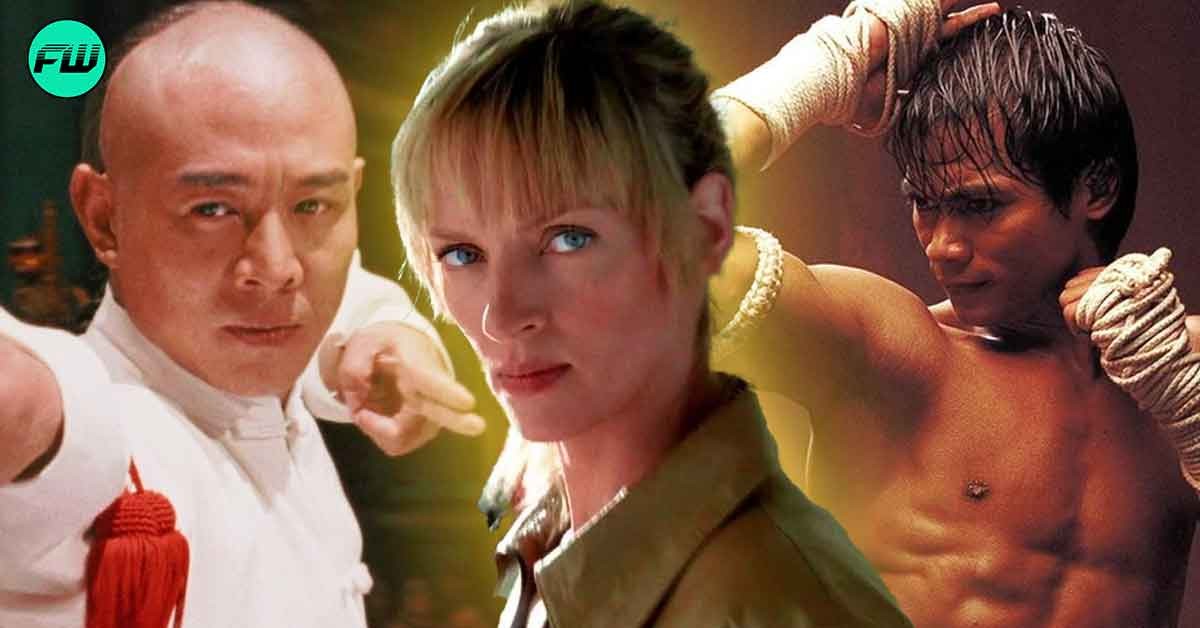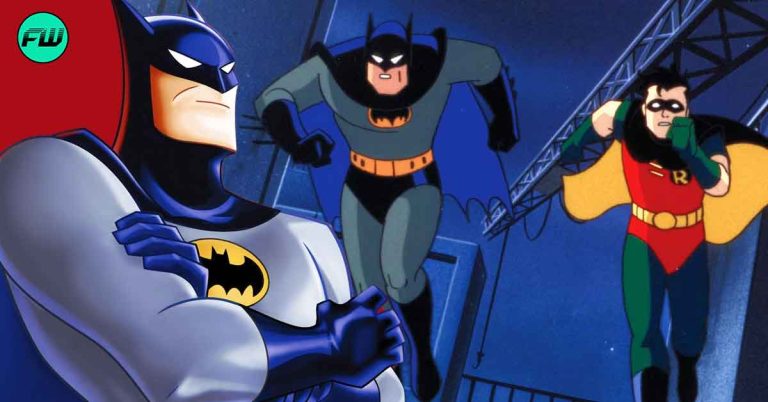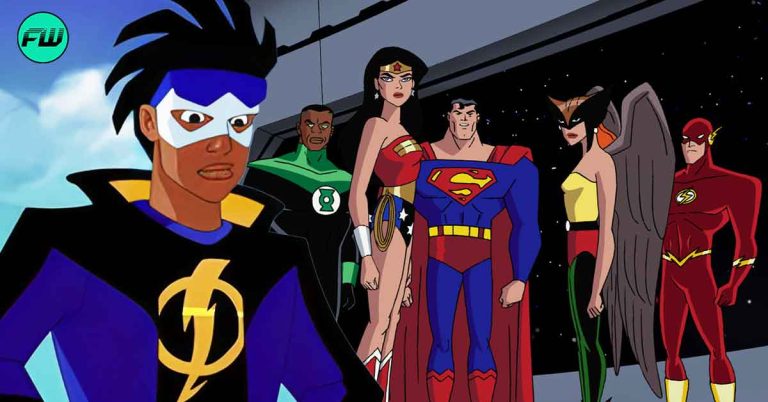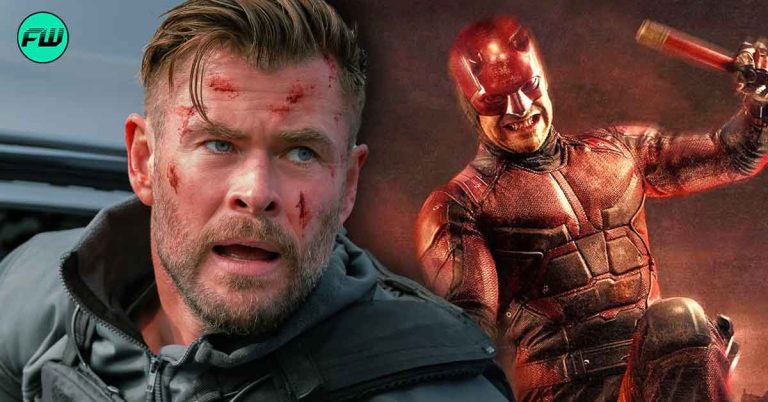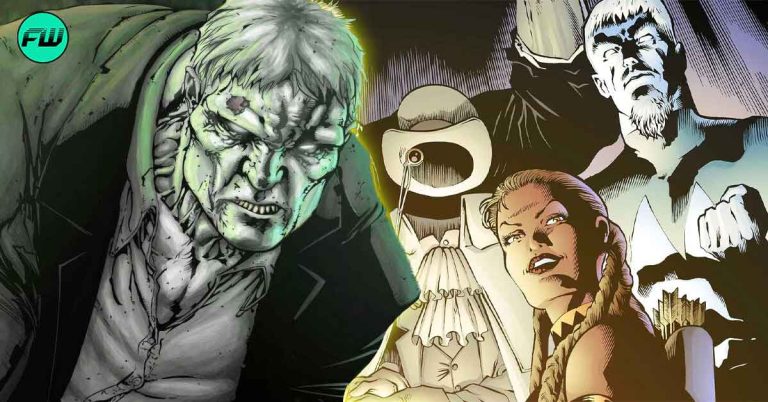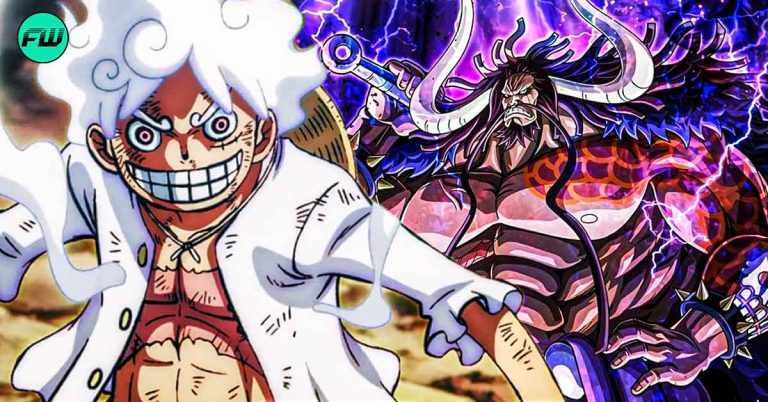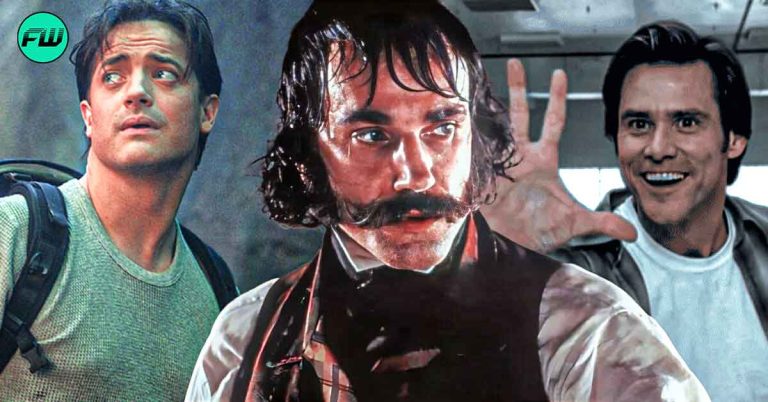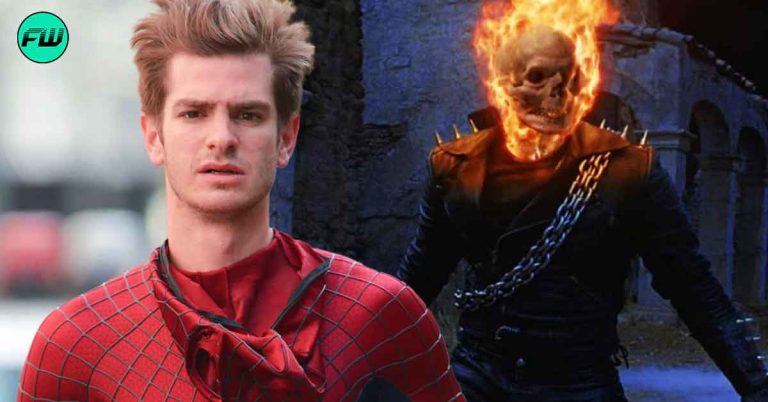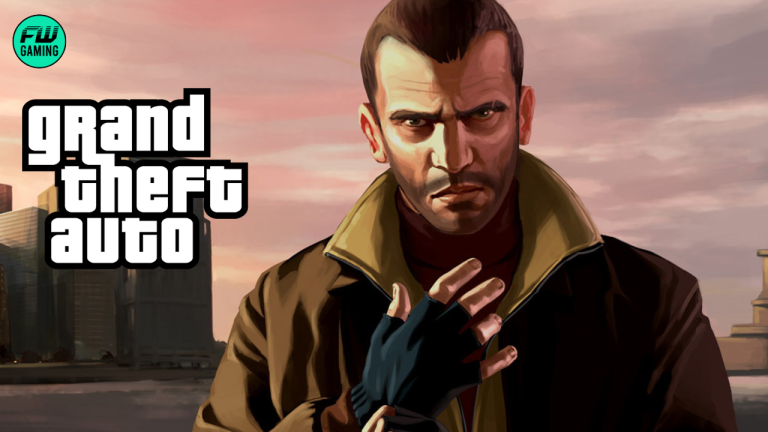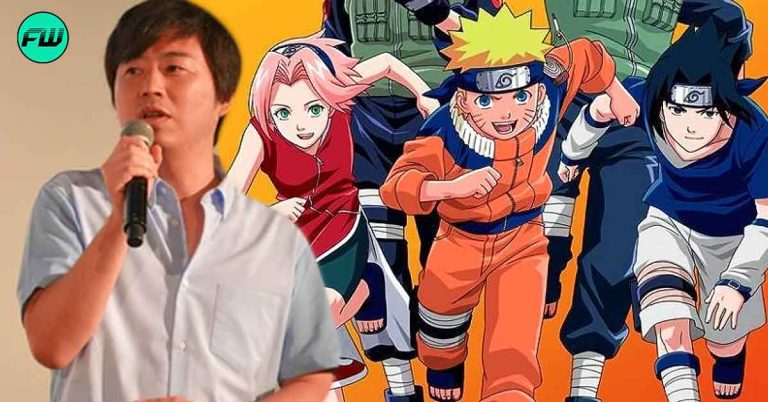From Jet Li to Donnie Yen, Bruce Lee to Jackie Chan, martial arts films have captivated audiences around the world with their mesmerizing action, breathtaking choreography, and compelling narratives. From the graceful movements of wuxia epics to the bone-crunching fights of gritty action flicks, these movies have left an indelible mark on cinema. In this article, we embark on a thrilling journey through the annals of martial arts cinema, counting down the ten greatest films that have exemplified the genre’s artistry, athleticism, and sheer excitement. Get ready to witness the power, skill, and sheer adrenaline of these remarkable cinematic achievements that have enthralled and inspired martial arts enthusiasts for decades.
10. The 36th Chamber of Shaolin (1978)
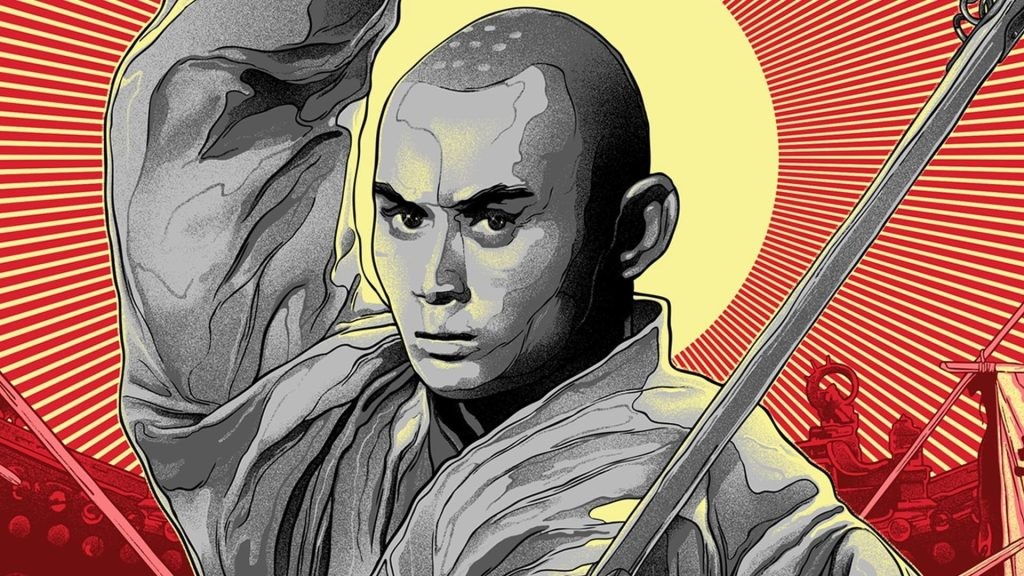
Set during the Qing Dynasty in China, the story follows a young and talented scholar named Liu Yude who witnesses the brutal oppression of his people by the Manchu government. After his family and friends are massacred by Manchu soldiers, Liu seeks refuge in the famous Shaolin Temple with the hope of learning powerful martial arts techniques to fight against tyranny and injustice. The film is renowned for its training sequences, which showcase the systematic and intense process Liu goes through to become a skilled martial artist. These sequences not only serve as a source of entertainment but also highlight the values of discipline, perseverance, and self-improvement.
9. Fearless (2006)
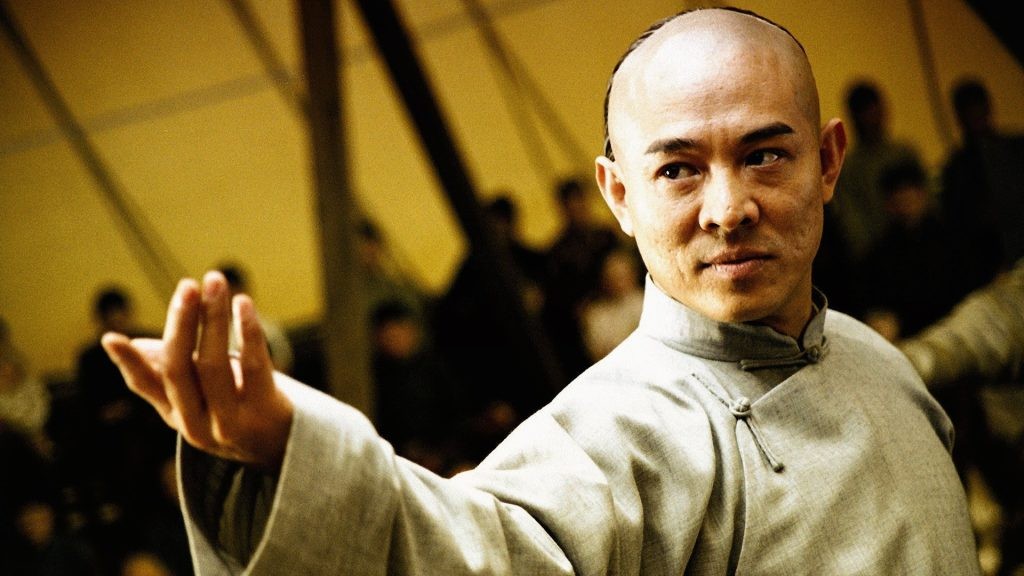
In the late 19th and early 20th centuries, a time when China was facing significant challenges from foreign powers and internal turmoil. Huo Yuanjia is introduced as a skilled fighter from a young age, hailing from a prominent martial arts family. However, his arrogance and sense of invincibility lead him to tragic consequences when he unintentionally causes the death of his family members in a dispute. Consumed by guilt and remorse, Huo retreats from the martial arts world and becomes a recluse. Fearless is set against the backdrop of a critical period in China’s history, characterized by social upheaval and foreign influence. Huo’s story is intertwined with the larger narrative of China’s struggle for identity and dignity.
8. Kill Bill: Volume 1 (2003)
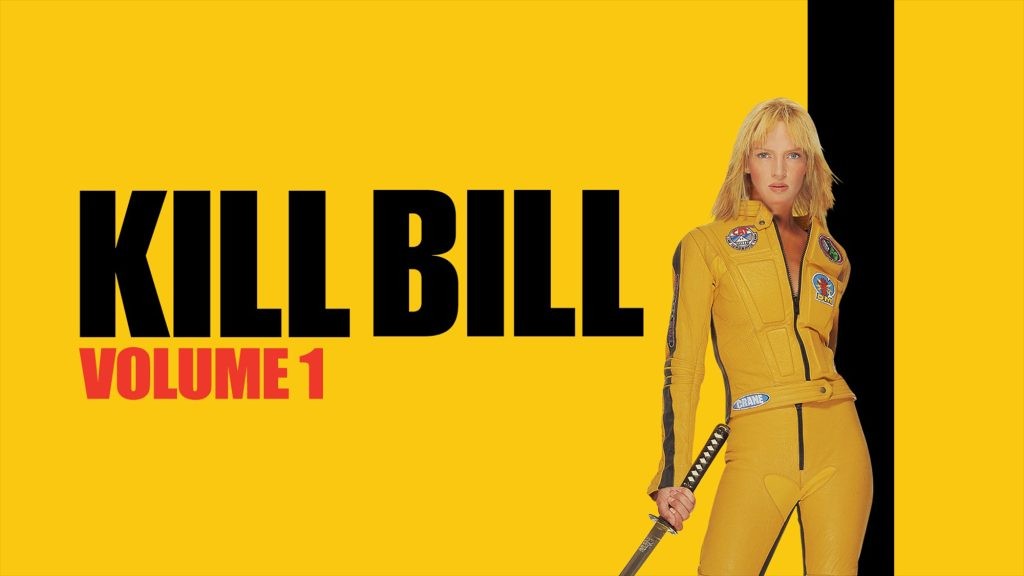
Centering on a former assassin known as “The Bride” who was left for dead on her wedding day by her former associates in the Deadly Viper Assassination Squad. After waking from a four-year coma, The Bride embarks on a mission of revenge against her former colleagues, seeking to kill each member of the squad and their leader, Bill. Tarantino’s love for cinema shines through in the film’s numerous references to classic movies, martial arts films, and pop culture. The film’s blend of genres, empowerment of its female lead, and its ability to surprise and entertain have contributed to its enduring popularity and cult status in the realm of modern action cinema.
7. Drunken Master (1978)
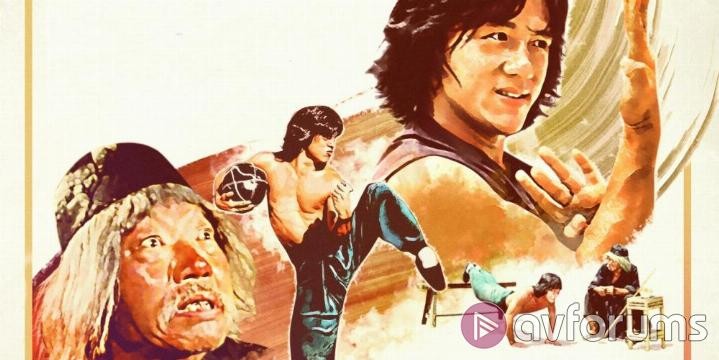
When a young and undisciplined martial artist gets into trouble for his mischievous behavior. His father, a strict kung fu master, decides to send him to train with Beggar So, a legendary master of the “Drunken Fist” style. Under Beggar So’s unconventional and rigorous training, Wong Fei-hung learns the unique Drunken Fist techniques, which mimic the movements of a drunken person. As Wong Fei-hung undergoes the grueling training, he not only learns martial skills but also develops humility, discipline, and a deeper understanding of the art. Jackie Chan’s charismatic portrayal of Wong Fei-hung contributes to the film’s appeal. His physical comedy, expressive facial expressions, and dedication to performing his own stunts make the character endearing and relatable.
6. Hero (2002)
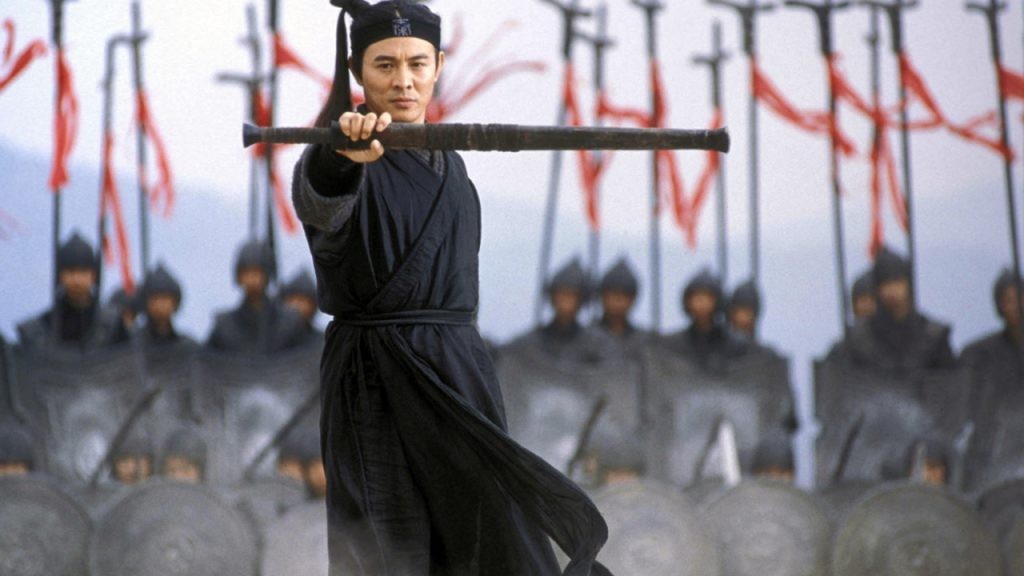
Set during the Warring States period of ancient China, Hero follows the story of Nameless, a skilled warrior who claims to have defeated three assassins – Sky, Broken Sword, and Flying Snow who were plotting to kill the King of Qin. Nameless is summoned to the palace to recount his tales of defeating the assassins and to receive a reward. However, as he narrates the events, the King becomes suspicious of the truth behind Nameless’s stories. Hero achieved international acclaim, becoming one of the most successful Chinese films of its time. Its success introduced a broader audience to Chinese wuxia cinema and the directorial prowess of Zhang Yimou.
5. Ong-Bak: Muay Thai Warrior (2003)
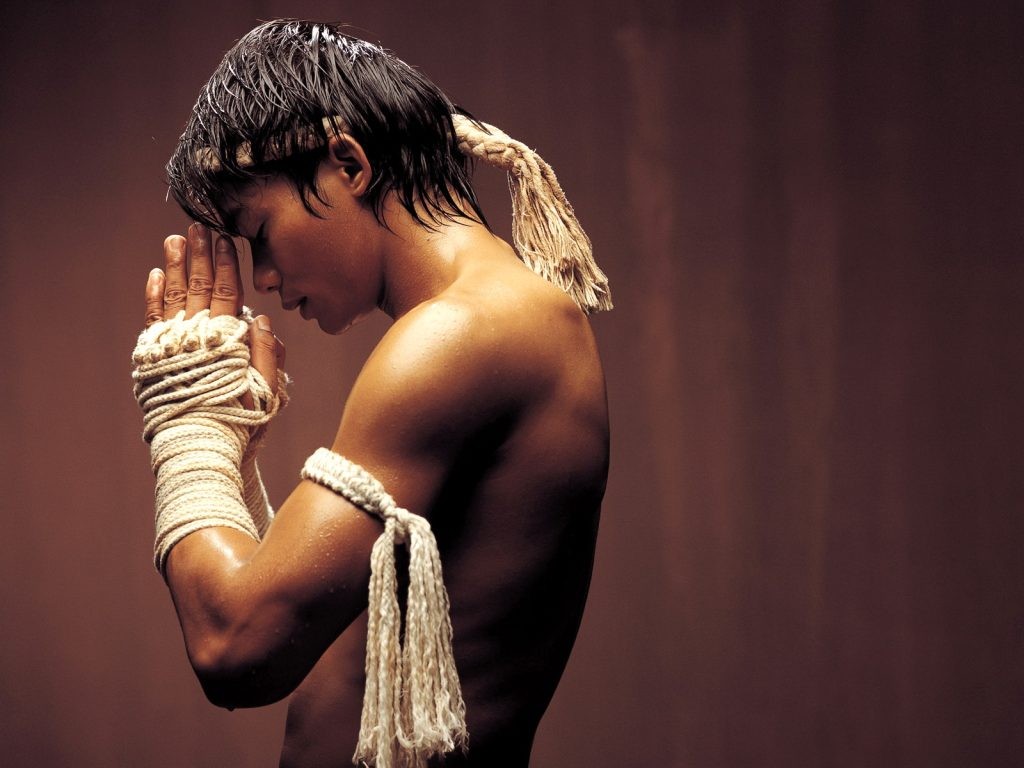
A young man named Ting, from a rural Thai village, who sets out to retrieve the stolen head of his village’s Buddha statue, “Ong-Bak.” The head has been taken to Bangkok by criminals who intend to sell it. Ting, skilled in the art of Muay Thai, journeys to the city and becomes entangled in a series of dangerous and violent situations as he confronts powerful adversaries. While the film’s plot is relatively simple, it serves as a vehicle to showcase the action and Muay Thai skills. The straightforward narrative allows the focus to remain on the core strengths of the film. Ong-Bak catapulted Tony Jaa to international fame and established him as a notable figure in the martial arts films.
4. Ip Man (2008)
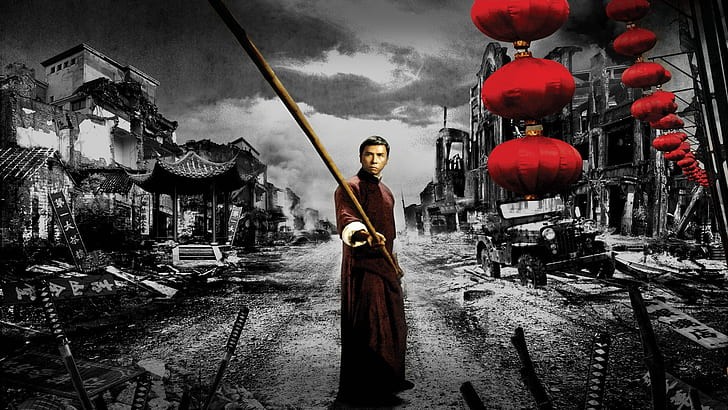
Based on the life of Ip Man, a renowned Wing Chun master and the martial arts teacher of Bruce Lee. Set in Foshan, China, in the 1930s during the Japanese occupation, the film follows Ip Man as he navigates the challenges of living under Japanese rule while upholding his moral values and dedication to Wing Chun. When Japanese soldiers organize martial arts competitions to showcase their dominance, Ip Man steps forward to defend Chinese pride and honor through his exceptional martial arts prowess. The film boasts well-choreographed fight sequences that showcase Donnie Yen’s skill as a martial artist. The fight scenes are both intense and visually impressive, emphasizing the artistry of Wing Chun.
3. The Raid (2011)
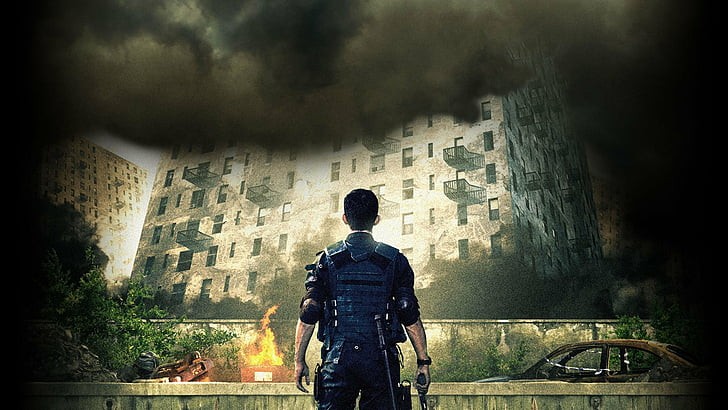
A group of elite police officers who are tasked with infiltrating a rundown apartment building in Jakarta controlled by a ruthless drug lord. As they ascend the building’s levels, they encounter a series of violent and deadly encounters with the drug lord’s henchmen, leading to a fierce battle for survival. The film’s action choreography, influenced by Indonesian martial arts (Pencak Silat), is a standout feature. The fight scenes are intricately designed, combining close-quarters combat, impressive stunt work, and fluid camera movements to create a visceral viewing experience. The Raid gained significant attention at film festivals and became a cult favorite among action film enthusiasts worldwide.
2. Crouching Tiger, Hidden Dragon (2000)
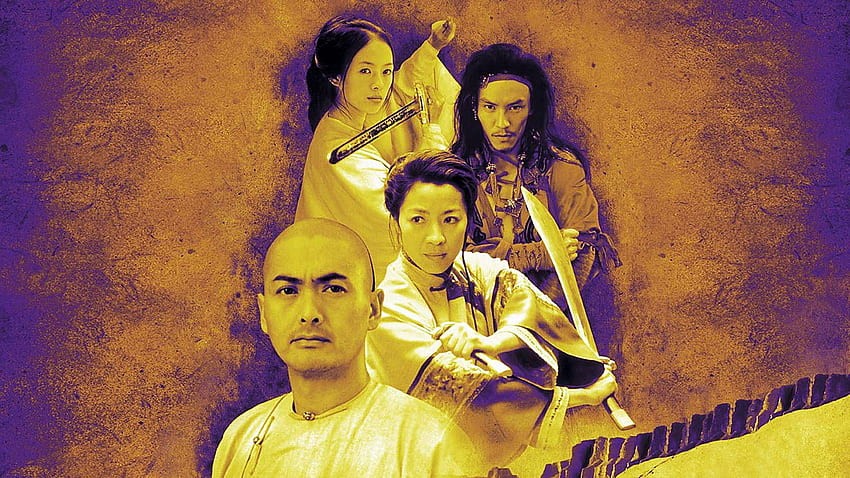
During the Qing Dynasty of China, the film revolves around the intertwined destinies of several characters. The story follows Li Mu Bai, a skilled warrior who seeks to retire from his life of violence, and Yu Shu Lien, his fellow warrior and unrequited love. When Li Mu Bai’s legendary sword, the Green Destiny, is stolen, the characters become entangled in a complex web of intrigue, love, and revenge. Crouching Tiger, Hidden Dragon is celebrated for its fusion of poetic storytelling, breathtaking visuals, and innovative approach to martial arts action. Its ability to combine emotional depth with gravity-defying fight choreography created a unique cinematic experience that resonates with audiences of all backgrounds.
1. Enter the Dragon (1973)
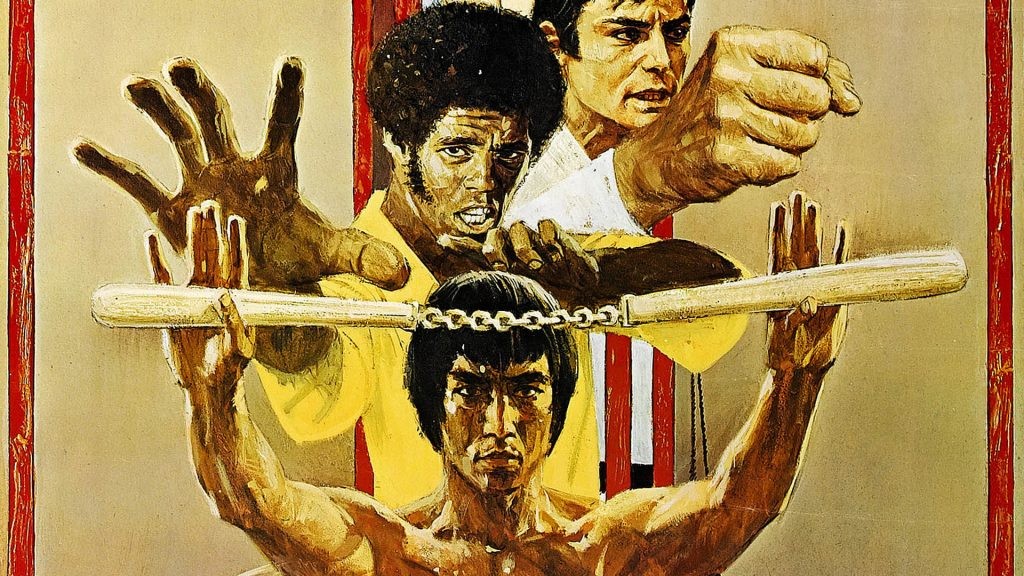
A skilled martial artist and expert in Jeet Kune Do, he is recruited by a British intelligence agent to participate in a martial arts tournament hosted by the enigmatic and dangerous Han on his private island. As Lee investigates Han’s criminal activities, he uncovers a web of deceit, corruption, and treachery. The film marked Bruce Lee’s first major Hollywood production and his introduction to Western audiences. His charisma, martial arts prowess, and philosophy left an indelible mark on both cinema and pop culture. The film further solidified Bruce Lee’s legacy as a martial arts icon and philosopher. His contributions to martial arts philosophy continue to inspire practitioners and enthusiasts worldwide.
For more articles and lists from FandomWire, check out our LinkTree!

